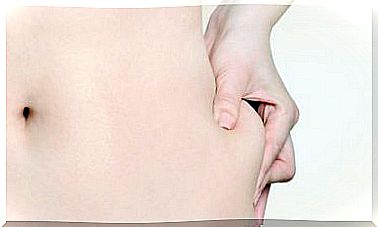Dysphonia – How To Treat It With Natural Methods?

Dysphonia usually affects people who use their voice excessively. Research has shown that some professions, such as teachers, pose a particular risk of acquiring this condition. Still, anyone can develop dysphonia . Therefore, natural remedies are essential.
Dysphonia and its causes
Sometimes dysphonia can appear for several reasons. The cause can be organic or functional.
Among the organic ones, we can mention:
- Bubbles or lumps
- Polyps
- Laryngitis, including those caused by gastroesophageal reflux
Among the functional reasons:
- Excessive or inappropriate use of the voice
- Muscle tension
- Although dysphonia is not a psychological condition, stress and anxiety have a significant effect
In fact, there are studies that confirm that everyday situations can negatively affect functional dysphonia.
Treatment of dysphonia
Medical treatment for this disorder depends on the underlying cause:
- In general, doctors recommend rest for the voice and rehabilitation for speech.
- Occasionally, treatment may include surgery.

We would like to point out that in some cases of organic dysphonia, diagnosis and specialist treatment are necessary before trying any remedies.
Natural alternatives for treating dysphonia
As with any form of treatment, it is extremely important to give our vocal cords a well-deserved rest and avoid overuse of them. It is also important to drink plenty of fluids.
Teas
Treating dysphonia by drinking teas can be both effective and delicious. Remember that it is better to buy teas by weight to make sure they are free of any chemical additives.
To take advantage of this remedy, you should drink two cups of the tea of your choice for a month. After this time, wait two weeks and then repeat the treatment.

Ingredients
- 1 teaspoon of your favorite tea (10 g)
- 1 cup of boiling water (250 ml)
- honey (to taste)
Preparation
- Add the tea to boiling water and let it brew for a few minutes.
- Then strain and pour into a cup.
- Sweeten with honey and enjoy its taste.
Dysphonia can be treated especially with infusions with:
- Chamomile : In addition to its antiseptic and soothing properties, chamomile improves digestion.
- Marshmallow and Eucalyptus : A substance in marshmallow reduces irritation in the esophagus and eucalyptus cleans the airways.
Rinses
The effectiveness of rinses in the treatment of dysphonia depends on caution not to irritate the throat during rinsing. Therefore, it should be gentle and calm, lasting for two minutes. You should use this treatment three times a day.
Here are the best rinses for treating dysphonia:
- Baking soda, salt and honey: Mix one teaspoon of each ingredient in a glass of warm water.
- Lemon: we should use fresh squeezed juice from two lemons.
- Sage and plantain: prepare an infusion of these two herbs and use as a gargle.
Juices
Dysphonia can also be treated by drinking the juice regularly. You should drink two glasses each morning. Drinking juice can also help you get more fruits and vegetables in your diet.
Remember that the juice should be natural and freshly prepared. In this way, we will avoid additional sugar and increase its healing properties.

The most recommended juices are:
- Pineapple: Helps to renew the tissues around the vocal cords.
- Carrots: also useful in the treatment of any respiratory diseases.
- Cabbage: Heals throat irritations. Additionally, along with carrot juice, it helps reduce anxiety that can worsen dysphonia.
Relaxation exercises
Whichever remedy you choose, relaxation exercises are a helpful addition. You should do them for five minutes a day.
- Raise and lower your head.
- Move your head side to side.
- Push shoulders back and forth.
- Move your arms in circular movements.
Breathing techniques
In order to strengthen this part of the body and keep the dysphonia from being less bothersome, we can try several breathing techniques.
- Inhale the air for ten seconds.
- Hold your breath for another ten seconds.
- Exhale slowly for ten seconds.

We need to be relaxed while doing this exercise. Repeat them at least five times in a row. Finally, to strengthen the throat, you can release soap bubbles. Apart from being a relief, it will provide us with some fun.









